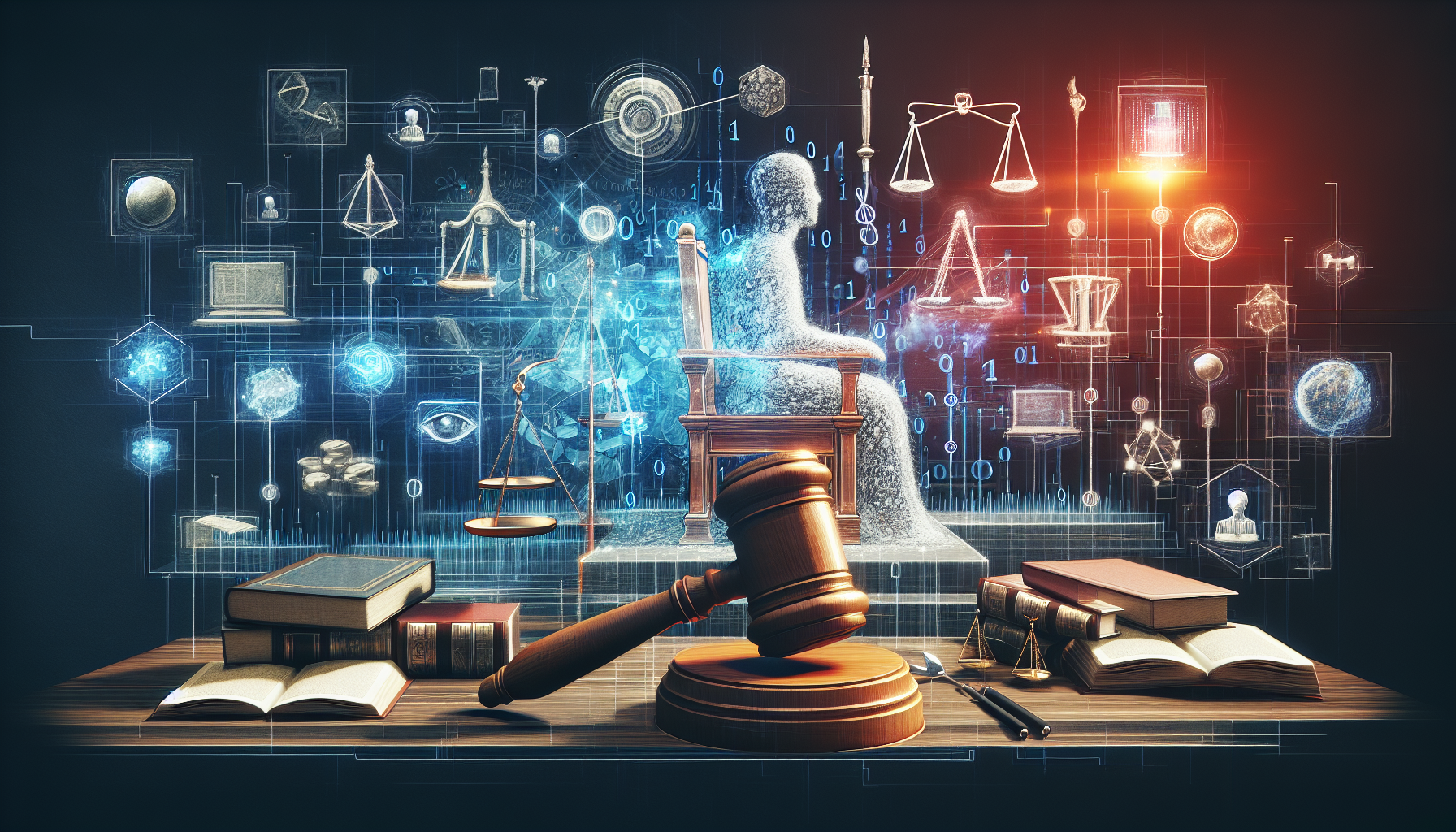
Setting the Scene: The Traditions of Timeline Creation in Family Law
Family law cases often revolve around detailed and complex histories, requiring meticulous timeline creation. Traditionally, paralegals painstakingly review case files, sift through piles of evidence, and manually compile chronological sequences. This process not only demands significant time and effort but also leaves room for human error, potentially jeopardizing the authenticity and effectiveness of the case presentation. Given the intricacies of family law, where every date, event, and interaction can carry substantial weight, crafting precise timelines becomes paramount.
Paralegals frequently encounter frustrations like missing information, ambiguous dates, or overlapping events which can make timeline assembly a daunting task. Missteps in this phase could distort the narrative, thereby impacting case outcomes negatively.
Enter ChatGPT: Revolutionizing Paralegal Efficiency
With the advent of AI tools like ChatGPT, the landscape of timeline creation in family law is transforming significantly. ChatGPT, a powerful language model developed by OpenAI, is poised to alleviate many of the traditional pain points for paralegals, by automating and streamlining tasks that were once labor-intensive.
Not only can ChatGPT process and generate human-like text, but it also has the capability to interpret complex legal documents, making it an invaluable asset in administrative tasks. From drafting legal briefs to generating chronological timelines, AI introduces efficiency, accuracy, and unprecedented speed.
Also read:
Harnessing The Power: Crafting Effective Prompts for Timeline Creation
For AI to be effective, crafting the right prompts is essential. In timeline creation, the initial prompts directed at ChatGPT should be clear, concise, and well-structured. Here’s a step-by-step guide:
1. Define the Purpose: Start with a straightforward opening to orient ChatGPT.
– Example: “Create a timeline for a child custody case between John Doe and Jane Roe.”
2. Break Down Complex Information: Simplify legal jargon to enhance AI comprehension.
– Instead of: “Please enumerate the visitation exchanges,” try “List all dates when child custody was exchanged between John Doe and Jane Roe.”
3. Nuances in Language: Use specific language to get tailored responses.
– Example: “Include significant events such as the child’s school enrollment, medical appointments, and court hearings in chronological order.”
By employing these techniques, you can maximize the output’s accuracy and relevance.
Also read:
Organizing Information: Step-by-Step Process with ChatGPT
Once the information is gathered, organizing it systematically into a cohesive timeline is vital. Here is a detailed walkthrough for optimal results with ChatGPT:
1. Input Case Details: Enter the raw data, ensuring clarity and completeness.
– Example: “John Doe and Jane Roe married on January 1, 2010. They had a child, Aiden, on March 3, 2012. They separated on September 10, 2015, and filed for divorce on October 15, 2015.”
2. Relevant Dates: Specify significant dates for AI assistance.
– Example: “Include dates of court hearings, child support payments, and custody exchanges.”
3. Referencing Essential Documents: Attach pertinent documents or excerpts.
– Example: “Refer to court document X for hearing details from 2016 to 2021.”
Once ChatGPT processes this information, refine its output by cross-referencing with original documents and ensuring chronological coherence.
Also read:
Streamlining Workflow: Tools and Techniques for Time Management
Incorporating ChatGPT into daily paralegal tasks can streamline workflow significantly. Here are best practices for optimal integration:
1. Scheduled AI Sessions: Allocate specific times for AI-assisted tasks to avoid overlapping with other responsibilities.
– Example: Schedule mornings for AI tasks like document reviews and timeline creation, reserving afternoons for client meetings and manual follow-ups.
2. Managing Multiple Cases: Utilize AI’s capacity for multitasking.
– Example: Maintain separate files for each case and use ChatGPT to draft timelines concurrently.
3. Enhancing Team Collaboration: Leverage AI to improve intra-team communication.
– Example: Share AI-generated drafts with team members for real-time editing and input, ensuring a collective review process.
These strategies not only optimize time management but also enhance overall productivity.
Also read:
Quality Assurance: Ensuring Accuracy and Reliability
While AI can significantly aid in timeline creation, ensuring the accuracy and reliability of its output is imperative. Here are methods for quality assurance:
1. Cross-Referencing: Verify AI-generated timelines against original case documents.
– Example: Compare dates and events listed by ChatGPT with those in the client’s file to check for consistency.
2. Fact-Checking: Conduct thorough fact-checking of all information.
– Example: Validate key events like court hearings, legal notices, and medical records through direct sources.
By maintaining stringent verification processes, the reliability and precision of AI-generated timelines can be ensured.
Also read:
Pitfalls and Preventions: Navigating Common Challenges
Using ChatGPT in legal settings comes with its own set of potential issues and limitations. To navigate these effectively, consider:
1. Contextual Misunderstandings: AI may misinterpret complex cases. Provide clear context in prompts.
2. Impersonal Output: Humanize AI-generated timelines by adding nuanced human touches and legal expertise.
3. Data Privacy Concerns: Ensure sensitive information is anonymized to safeguard privacy.
Anticipating these challenges and preparing for them can mitigate their impact significantly.
Also read:
Future Prospects: The Evolving Role of AI in Family Law Practice
Looking ahead, the role of AI in family law is set to expand further. Innovations in AI are likely to bring even more sophisticated tools, aiding complex tasks beyond timeline creation. The integration of AI will not only streamline paralegal work but also enhance the broader legal practice efficiency, realizing a future where technology and human expertise coalesce seamlessly.
Also read:
Parting Words: Embracing The AI Advantage
In conclusion, embracing AI technologies like ChatGPT in family law can revolutionize paralegal efficiency and accuracy. Paralegals are encouraged to adopt and adapt to these technological advancements, thereby transforming how legal work is performed and ultimately enhancing service to clients.


